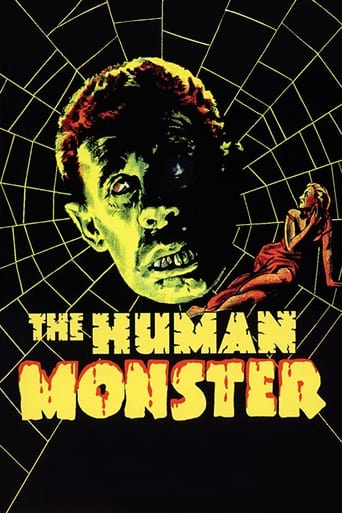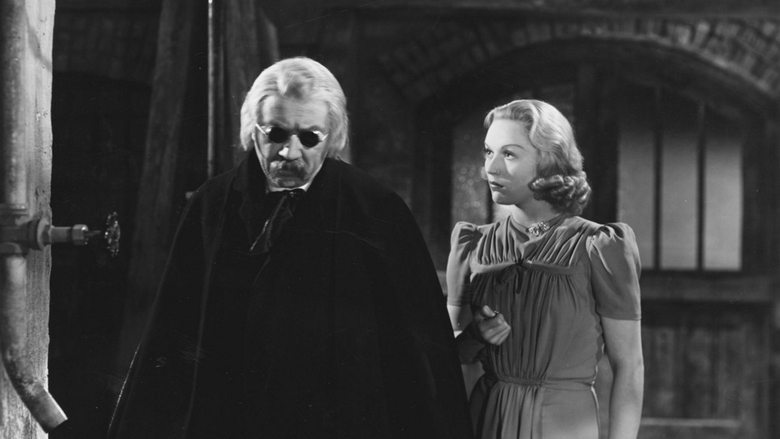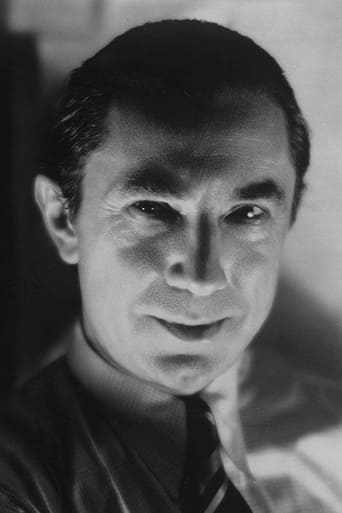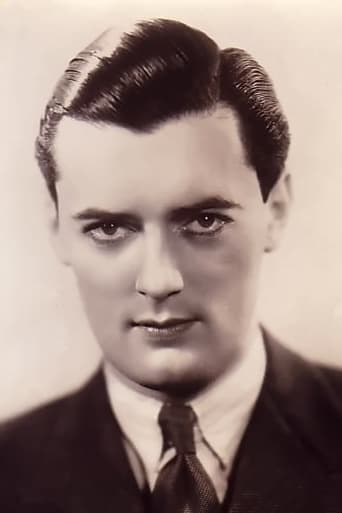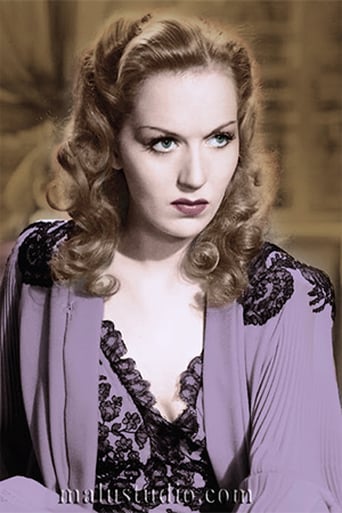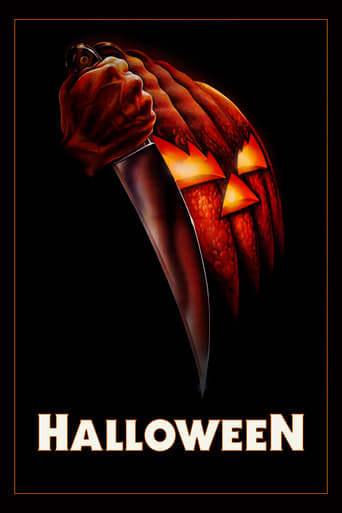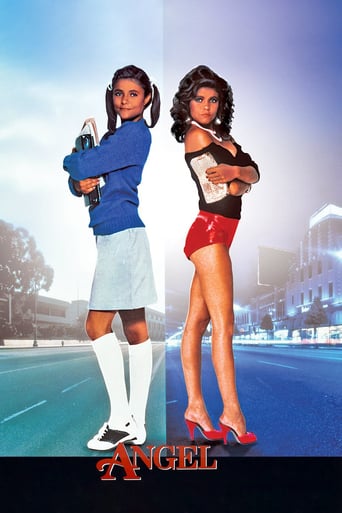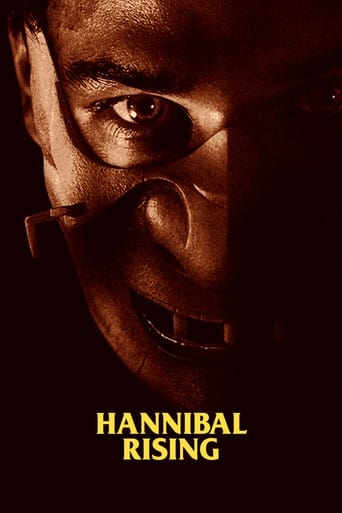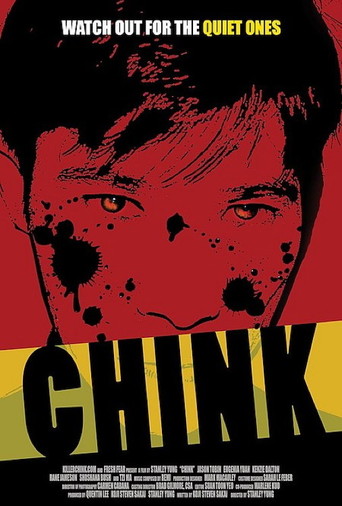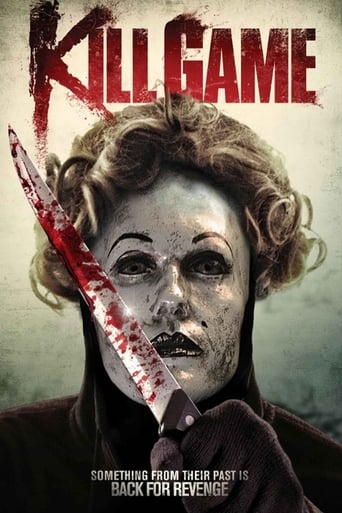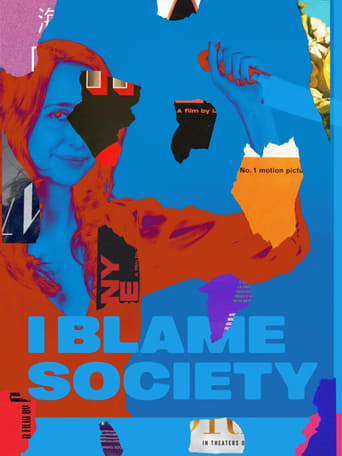The Human Monster (1940)
Insurance agent-physician collects on policies of men murdered by a disfigured resident of the home for the blind where he acts as doctor-on-call.
Watch Trailer
Cast
Similar titles
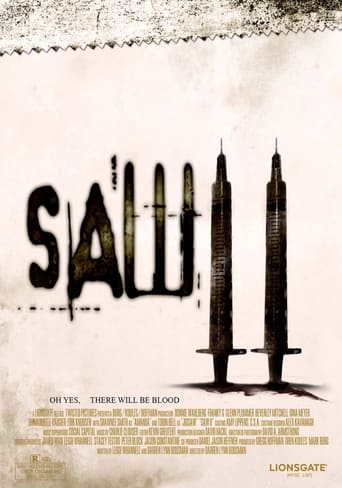
Reviews
Terrible acting, screenplay and direction.
Instant Favorite.
A lot more amusing than I thought it would be.
Very good movie overall, highly recommended. Most of the negative reviews don't have any merit and are all pollitically based. Give this movie a chance at least, and it might give you a different perspective.
Based on the Edgar Wallace book, 'Dark Eyes of London' features the mighty Bela Lugosi, incongruously surrounded by very British docklands, slums, murky water, and a vast home for the blind.Horror is subjective: what frightens one person may bore another. For some reason, this film fills me with dread. The style of acting, the grainy images and muffled sound only add to this. The atmosphere is one of cruelty, brutality and the most vulnerable in society are subject to these atrocities. The seediness of their surroundings, the extravagance of Bela's performance – every murky thing about this picture gets to me in a way far more polished efforts somehow do not. And it's not even a pure horror – more a thriller caper, with grotesque elements.Anyway, Bela plays a dual role – one, bewigged, wearing black glasses and softly (and very convincingly) dubbed by another (English) actor as blind Dearborn, head of a converted warehouse that is now a home for the blind. He also plays Dr. Orloff, who commits a series of murders for insurance purposes. Surrounded by more mannered, less memorable performers, Bela 'does his thing': some would call it ham, others might enjoy his theatrical playing. I'm definitely in the latter camp – once again, his heightened acting compared to the genteel under-playing of his co-stars is very effective. His portrayal of blind Dearborn is brilliant, his whole deportment is changed, his movements slow and uncertain. This become instantly obvious when Dearborn reveals his true identity, the contrast in his performance is effortless and impressive. The blind are portrayed as tragic, shunned, kindly characters. None more so than monstrous Jake, who is also given the full horror make-up. Played by Wilfred Walter, he shares with Bela an exaggerated menace. The services held in Dearborn Home are eerie sights, with the residents sitting in cheerless silence as a kindly, aged voice escapes Bela – which in itself is a creepy oddity.The character of resident Dumb Lou (Arthur E. Owen) suffers the brunt of Orloff's cruelty. Lou is blind and unable to speak. When he discovers too much about Dearborn's duplicity, Orloff robs him of his hearing too. Using (now) archaic Frankenstein-esque electronic equipment, the helpless little man is strapped down, taunted by Orloff, and has his hearing burnt out, the only reaction being the agitated twitching of his hands. The act is largely unseen, but we hear a distant scream. When we return to the scene, Lou's hands have stopped twitching. It is a horrible moment, as is Orloff's later gleeful drowning of the poor wretch.A smoky morgue, a tearful heroine, mouldy walls, Lugosi's stare, drownings Director Walter Summers ensures every setting is as downbeat as possible, adding layer upon layer of leaden atmosphere upon an already sombre palette. And I think that's what grabs me about this – the sparingly used horrific incidents are merely icing on this absorbingly bleak cake. An absorbingly bleak cake? I told you this film had an effect on me (the light comic ending almost seems to have been spliced in from another picture).Considering it was the British ban on horror films that helped put the kibosh on many such films stateside a few years before, this is an audaciously (hypocritically?) gruesome thing. The briefly glimpsed images of corpses pulled out of the Thames are surprisingly graphic. Orloff's fate, at the hands of a furious, betrayed Jake is disappointingly brief, and features Bela up to his neck in gulping muddy sludge, and brings to an end an exceptional film. I almost wish the sound and image quality could be cleaned up like the Universal pictures, but such an operation would somehow rob 'Dark Eyes of London' of much of its rich, shadowy ambiance.
Here, Lugosi plays an insurance underwriter using blind men from a nearby sanitarium to commit murders of the recently insured- with Lugosi the beneficiary and the bodies unceremoniously dumped into the Thames River in attempt make them look like drownings. Scenes of the blind men sulking around the place, effectively filmed in high contrast black-and-white, with only ambient noises are creepy enough, and their subsequent emotionless and remorseless killings are even more chilling. Lugosi is menacing and threatening as ever here, using the blind men as murder weapons (he also has a memorable, and for his character, appropriate, death in the Thames River) Good work also from the surprisingly serious cop on the case who ultimately solves the mystery. The film also benefits from mercifully avoiding the comic relief of having a bumbling nitwit cop/ news reporter, so prevalent in many of these old B-horrors.
In the 1920s and 1930s Edgar Wallace was a name to reckon with among mystery novelists. Today his best recalled mystery is "The Four Just Men", which has been made into films and a television series. But his best known tale was called "King Kong". It is the one most people will recall. But for thrillers - economically written and well made - he was quite good. "Dark Eyes Of London" is one of his best stories.Bela Lugosi made this film on a trip to England (which may explain why the script is better than some of the ones he was currently getting in the U.S.). He is an insurance broker who is selling insurance to single men of no family, all of whom are dying. And the only tie-in for these is a clue of a piece of braille paper linking one of the victims to a home for blind men. It was found by the daughter of a victim (Greta Gynt). The head of the home is a kindly old man who is himself blind. The Scotland Yard Inspector (Hugh Williams) involved is unable to find a connection between Lugosi and the home.I will not go into the plot much more as several people here have done so in critiques on this thread. But it has one moment of really effective terror - when a smiling Lugosi takes one of his victims downstairs in a building, and goes ahead of the victim. The victim sees the hideous strongman goon Jake (Wilfred Walter) standing there waiting for him. The victim is startled and looks at the still smiling Lugosi, who slams the door shut with a single push .The film is not flawless - it lacks production values that were second rate in Hollywood. But it gives Lugosi one of his creepiest and most evil criminal villains. I throughly recommend it.
Dark Eyes of London, AKA The Human Monster, is disturbing not just for the concept of murdering the disabled for their insurance, but for the cinematography and sets - the dark rooms, the bizarre and sharp angles of the set, the shadowy, lurching figures, the eerie organ music. I saw this movie as a child (on t.v., back in the late 1950s) and the only scene I remembered was one that stayed with me for years afterward (SPOILER ALERT), that of the intentional tub drowning of a man who was blind, deaf, mute, and paralyzed. At last, some forty years later, I saw the movie again and was amazed to note that the film still held the same gut-deep creepiness it did when I first watched it at a tender age. This, along with Island of Lost Souls, is a horror classic.
